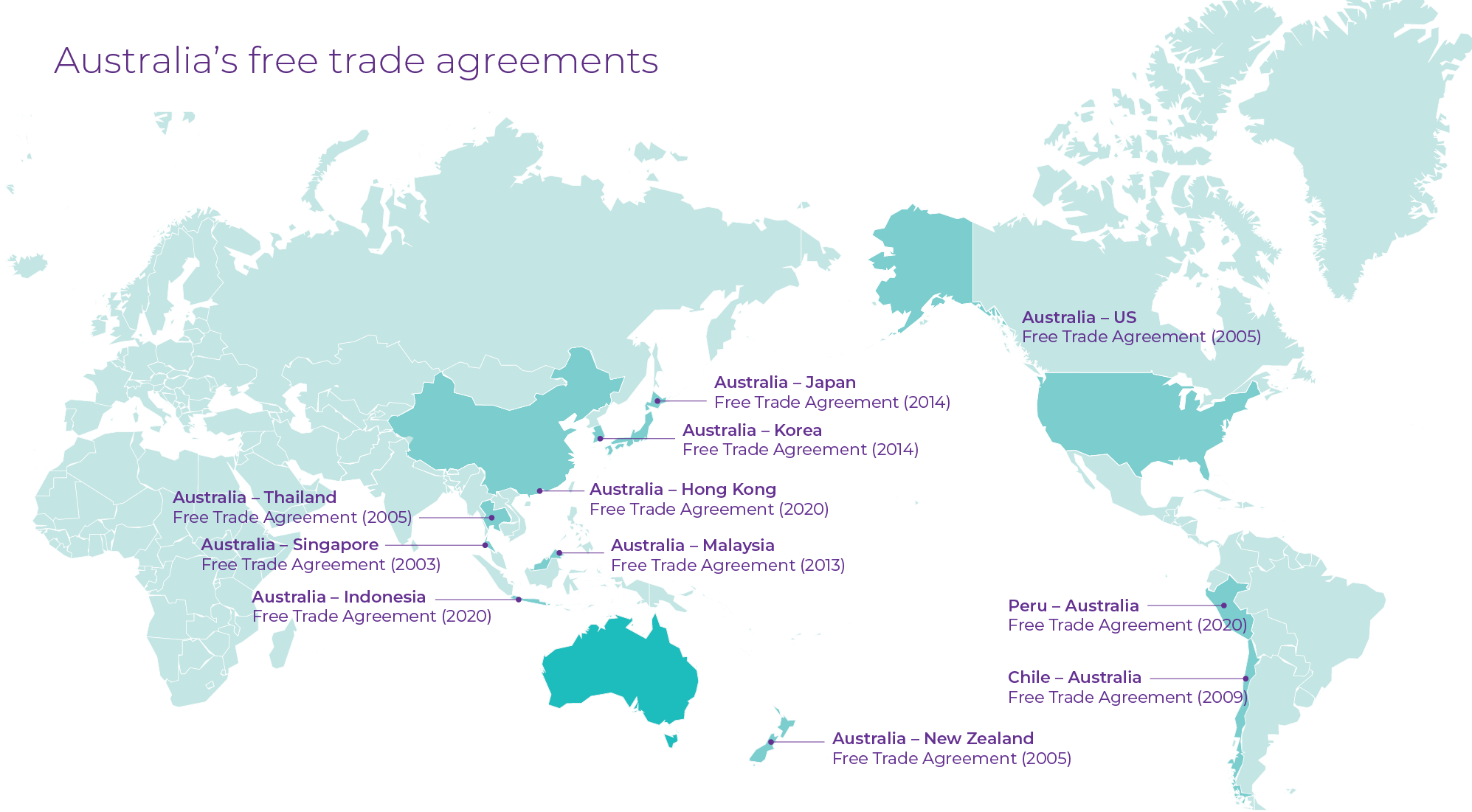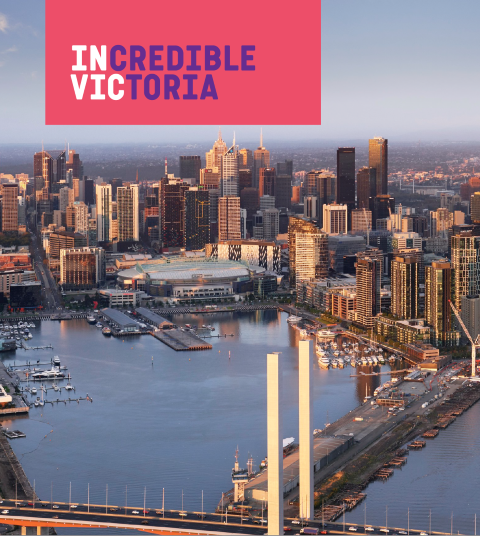International market connectivity
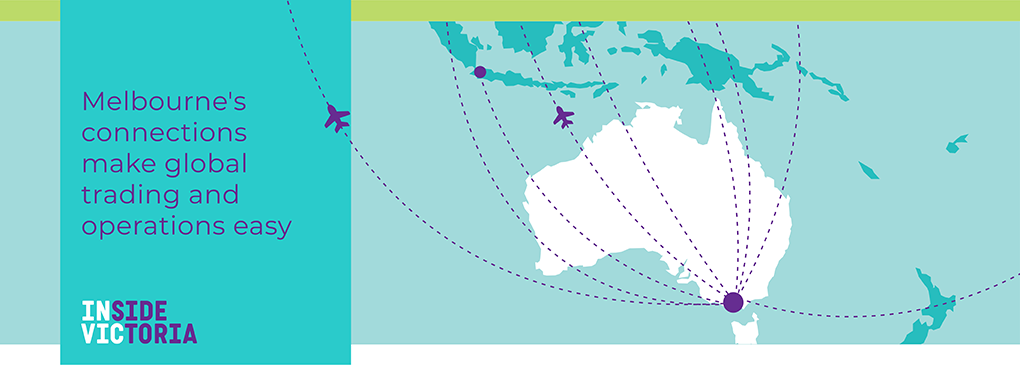
Melbourne is at the heart of 61% of Australia’s economic activity1 and 66% of the population.2
Melbourne sits in the middle of the Australian south-east triangle—a heavily concentrated area of economic prosperity. The Australian south-east triangle has a combined economic output of over A$1.4 trillion.1
On our doorstep is the Asia Pacific, home to over 4.3 billion people2 and a total economy of over US$35 trillion3.
Source:
1ABS Cat 5220 - as at Nov 2022
2World Economics/Regions/Asia Pacific
3S&P Global Market Intelligence - as at August 2022
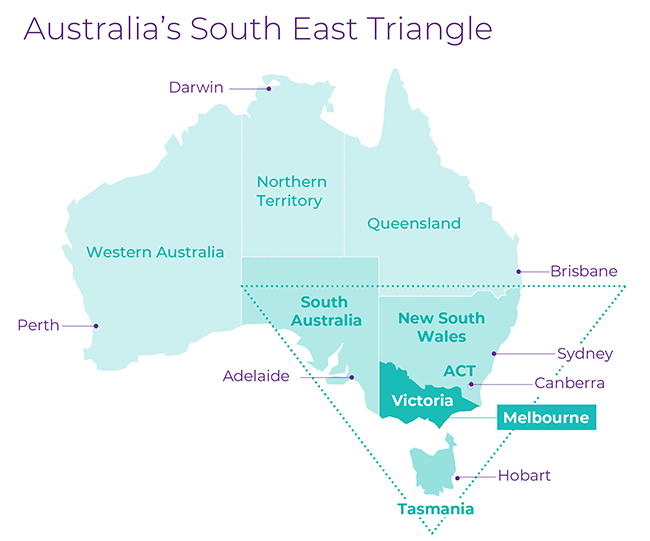
Our advanced digital connectivity will keep your business turning.
Our outstanding telecommunications network of satellites and submarine fibre optic cables provide unfettered and seamless access to global business. A strong and diverse industry of multiple service providers plugs into a reliable and stable network infrastructure. The Australian market is deregulated, with local and international players providing competitively priced services. Free Wi-Fi in Melbourne and regional centres is available.

Our extensive road and rail networks linked to air and seaports will efficiently move your goods.
We have a modern, integrated system of road networks consisting of a suburban grid overlaid with high speed, efficient freeways. All major infrastructure is well connected with freeways enabling easy access to and from the Port of Melbourne and all airports, as well as regional Victoria.
We are proud that our infrastructure attained a perfect score in the 2023 EIU Liveability Report and according to the report, cities with better connectivity have greater quality of life.
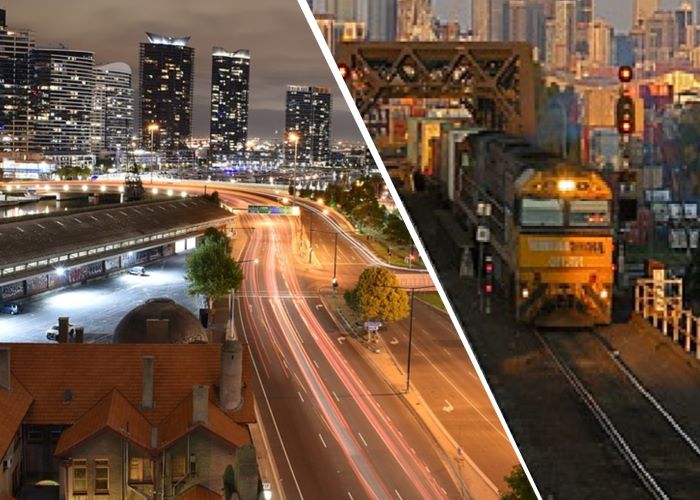
Australia's busiest curfew free airport connects you to the world 24/7
Located approximately 30 minutes by road from central Melbourne, Melbourne Airport is served by 36 international airlines offering direct flights to 45 international destinations4. It handles over 35% of Australia's international air freight market5, providing the opportunity to export time sensitive products to arrive in international markets the day after they leave Melbourne.
Source:
4Routesonline/airports/melbourne-airport
5Melbourneairport/corporate/freight

Australia's best-connected seaport can efficiently move your goods
Located close to central Melbourne, the well-connected and equipped Port of Melbourne is experienced in the efficient and reliable movement of containerised and bulk goods. It is Australia’s biggest and busiest port. It handles over 3.23 million TEU annually. Melbourne also offers lower landside transport costs to port.6

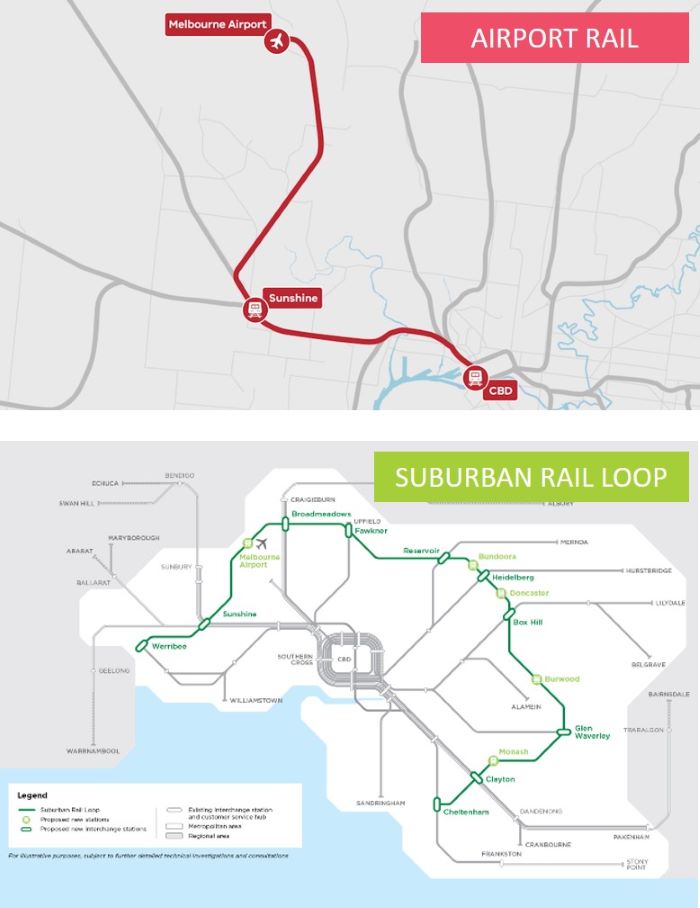
We have unprecedented investment in our transport infrastructure
Guided by Plan Melbourne, the Victoria Infrastructure Plan and Infrastructure Victoria's 30 year strategy. The Victorian Government is committed to ongoing investment in our world-class transport infrastructure with projects including:
- Melbourne Metropolitan Rail - a new underground, high-capacity rail line servicing Melbourne's city centre and adjacent education, health, and research precincts
- Railways level crossings - a total of 110 level crossings to be removed by 2030, reducing travel times for road and rail users and increasing bike lanes and parkland
- Melbourne and regional roads - improvements to relieve congestion and improve freight transport
- North East link - better connecting Melbourne's freeway network
- Rail in the pipeline - Airport Rail, Western Rail metro electrifications, Geelong high speed rail, and the Suburban Rail Loop.
Australia’s free trade agreements enable your business to service international markets
Australia holds numerous free trade agreements (FTA) with Asian nations including Singapore, China, Japan, South Korea, Thailand, Malaysia, New Zealand, Hong Kong, Indonesia and India.
There are also FTA's with the United States, United Kingdom, Chile and Peru.

